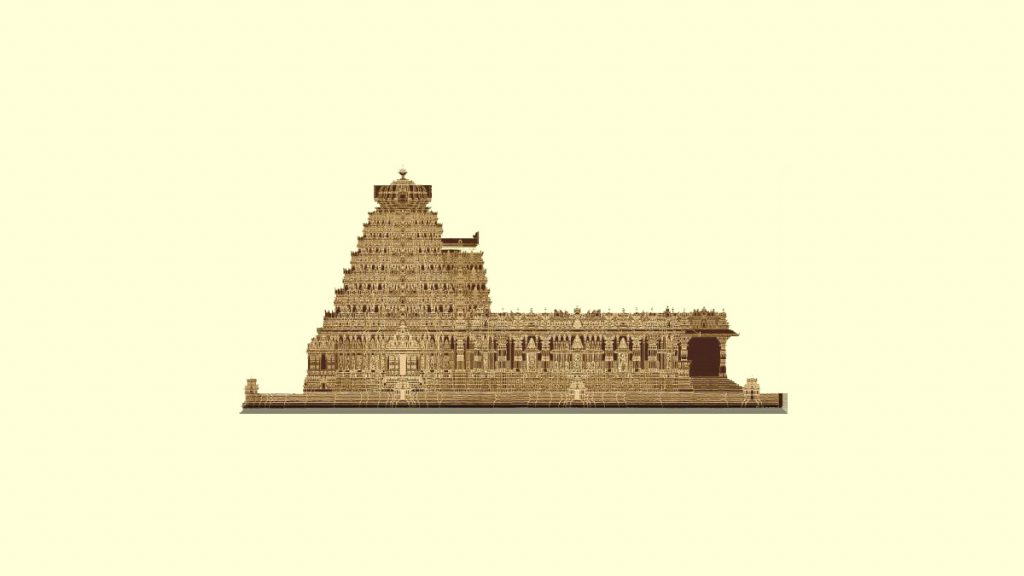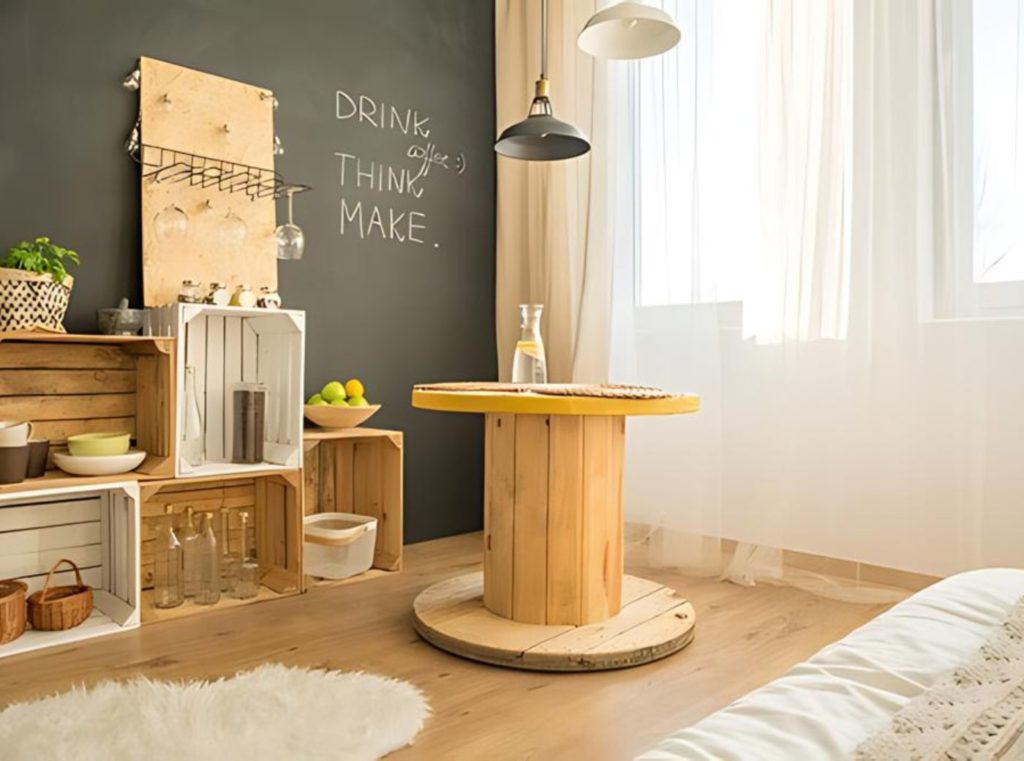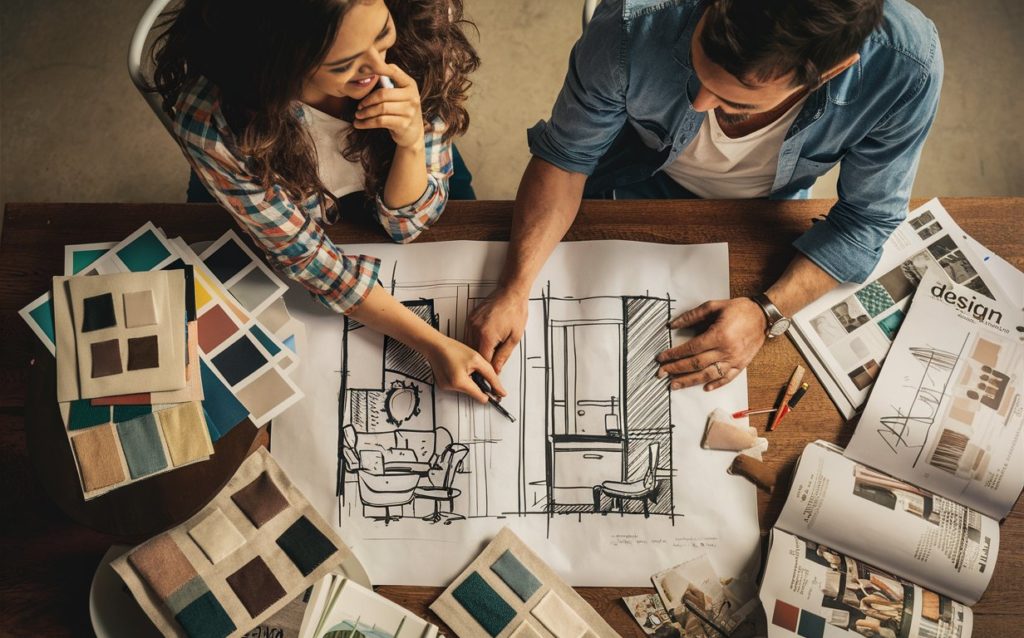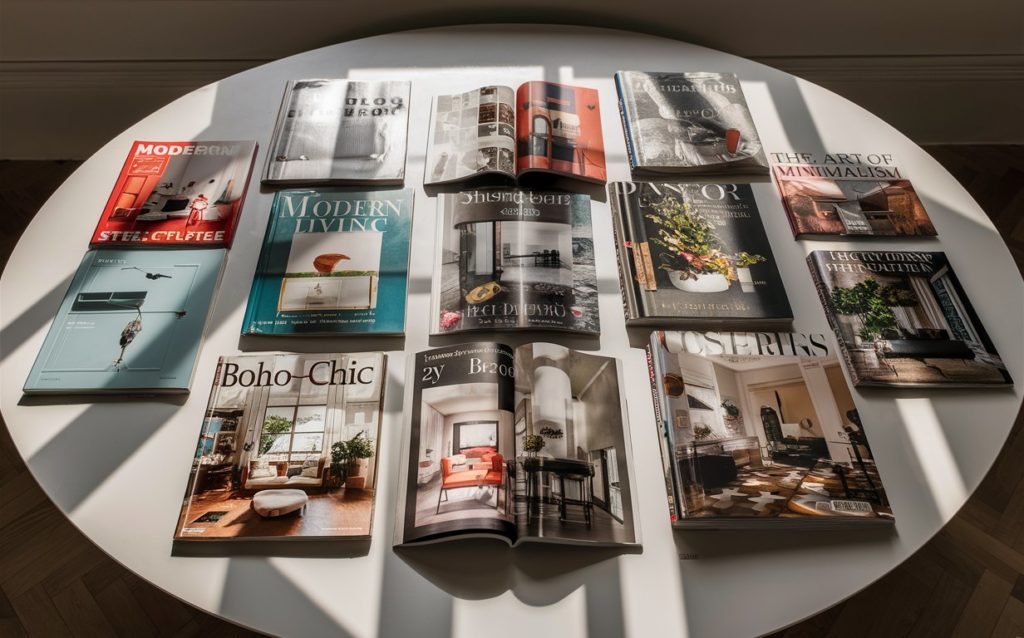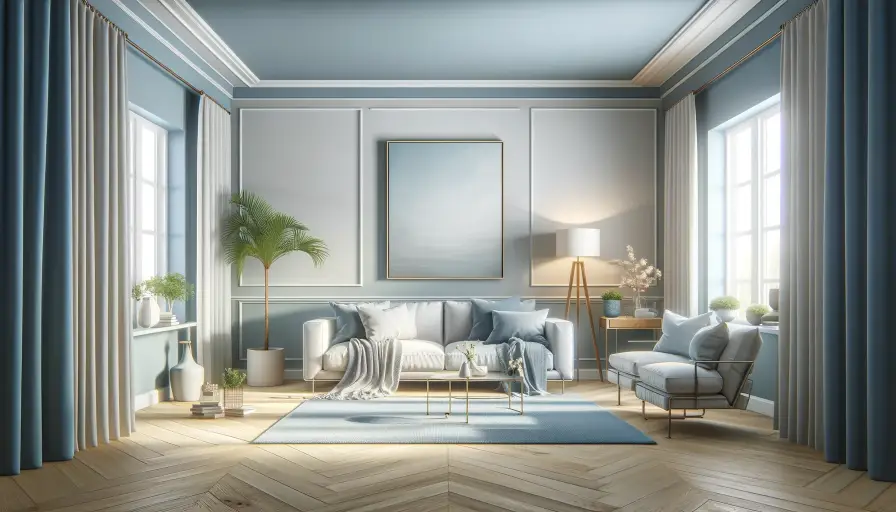While there may be a variated idea about what constitutes a home perfectly standardized to Vaastu design principles, the consensus still agrees to certain undertakings. Vaastu design principles are deeply rooted from Indian ancient texts that place certain credence to the lifestyle that people should adopt to be in complete harmony with one’s surroundings.

Image Credits: Pinterest
What Exactly Is Vaastu
Vaastu design had its origins in the Indian subcontinent as a prominent part of Vedic culture more than 5,000 years ago. Outsiders may interpret it as a science based on design aesthetics but its nature extends beyond that and includes the universe’s relationship with us.
Vaastu is based on the principle that serenity arises by accounting for the proper relationship that all objects have with the space that they occupy. Internal piece is well correlated to first developing external peace.

Image Credits: Pinterest
As yoga and Ayurveda function on helping people achieve a balanced life, Vastru completes the equation by finding the link between mind, body and soul. In the wellness triumvirate, Vaastu stands out as the outer layer as a healthy environment leads to a healthy lifestyle.
Benefits Of Vaastu Design
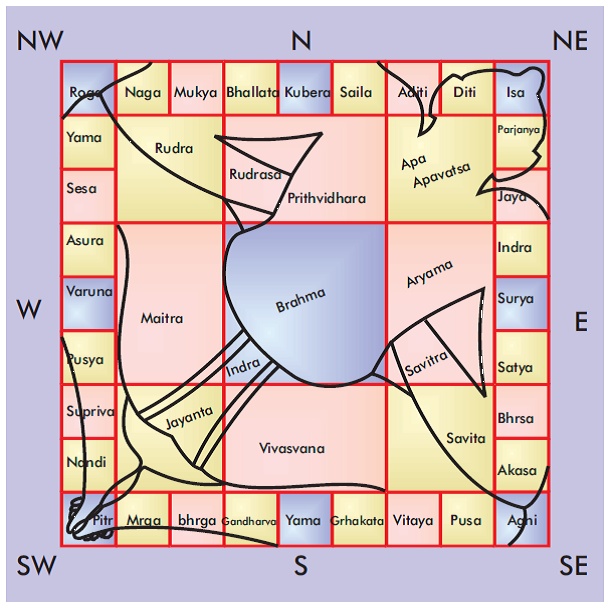
Image Credits: Youtube.com
- Vaastu provides residents with good health and a comfortable living experience.
- Convenience is placed as an important aspect by paying great attention to design, place, ventilation openings, color, materials and direction.
- The Vaastu design principles have been designed to give residents harmony and self-fulfillment.
- Vaastu design is a great way of connecting relations inwardly and outwardly which reduces stress and tension. Residents feel more spiritual and connected with their surroundings.
- Inner serenity and satisfaction are a staple that are achieved with intricate designs and self conscious interactions.
What Vaastu Design Incorporates

Image Credits: firstwall.com
- Pre-development
- It is suggested that one should create a Bhumi Pooja (venerating the earth) before beginning the house development. This is viewed as a propitious start and envoys a decent begin to the construction.
- House entrance
- East is the most propitious course for the passage of a home. This is on the grounds that the sun ascends in the east and is said to get positive vitality and light into the family unit. The other adequate bearing that the house passage can confront is towards the North East.
- Kitchen area
- The South-East corner of the house is the best one for the kitchen’s area and should be utilized for cooking while facing the East. In any case, Vaastu design principles indicate that the kitchen should not be found specifically before the fundamental entryway of the house.
- Main Bedroom
- The Master Bedroom ought to be situated at the South West corner of an East-confronting home. This is an important aspect of the design to ensure that one can rest soundly without letting the fragrance or the commotion going with the cooking to wake the residents up. Square and rectangular formed rooms are prescribed, with the goal that residents can leave the cutting edge development to alternate areas of the house.
- Lavatory/Restroom
- Another indispensable viewpoint, both from the point of view of Vaastu and in addition from a general wellbeing and feel edge. Toilets are to be situated in the North-West corner of the building or the North-West corner of the rooms. On the off chance that this isn’t conceivable, South East toilets are permitted. It is likewise prescribed (and sensible, as we would see it, we may include), that the toilets, kitchen and Pooja room in the house ought not be nearby each other.
Major Ideas And Tenets
- Roads on the northern or eastern side of the house helps in the harmony of the residents.
- Digging for veneration must start from the east and follow an anti clockwise direction till the southwest.
- It is good to have main doors on east, northern and north eastern corners as doors on other sides can lead to disturbances in peace. No large main doors should be incorporated. Doors should also open inside and not from the out
- Walls of the house should be interlaid with soothing and soft colors as it creates a tension free atmosphere. Residents must abstain from the use of deep yellow, red or orange colored walls.
- All water related appliances and setups must be located to the north east side of the house for convenience.
- Wells or tubes should never be provided on the southeast corner of the house as it seen to bring prosperity to residents.
- Plants such as Tulsi, Neem, banana, champa, Ashoka, Aawla should be planted outside the house to keep inhabitants healthy and lively.
- Air is one of the recognized five elements and should be included in Vaastu designs as it asserts that empty space must be kept in the middle of the house for light to enter. Air must enter from the Northeast direction and not be obstructed by any dirt or clutter.
Examples Of Vaastu Designs In Real Life
- Old Jaipur

Image Credits: credairajasthan.com
-
- Based on a Prastar type town described in several texts, the structure of Jaipur shows a great design according to the Shastra’s prescriptions. Everything from the square mandala in even the smallest of the plots, rooms for the location of activities and wall heights bear great significance to this ancient principle.
- The Temple of Srirangam
Image Credits: divineavatars.com
Located towards the southern tip of India, Srirangam is the foremost of the eight self-manifested shrines (Swayam Vyakta Kshetras) of Lord Vishnu. Enormous in size, the temple complex is nearly 156 acres in size with seven prakaras or enclosures. The enclosures are meticulously designed and considered to be a reference to the seven elements making up the human body, in the center of which dwells the soul. The enclosures are built with thick, huge walls that surround the temple.


